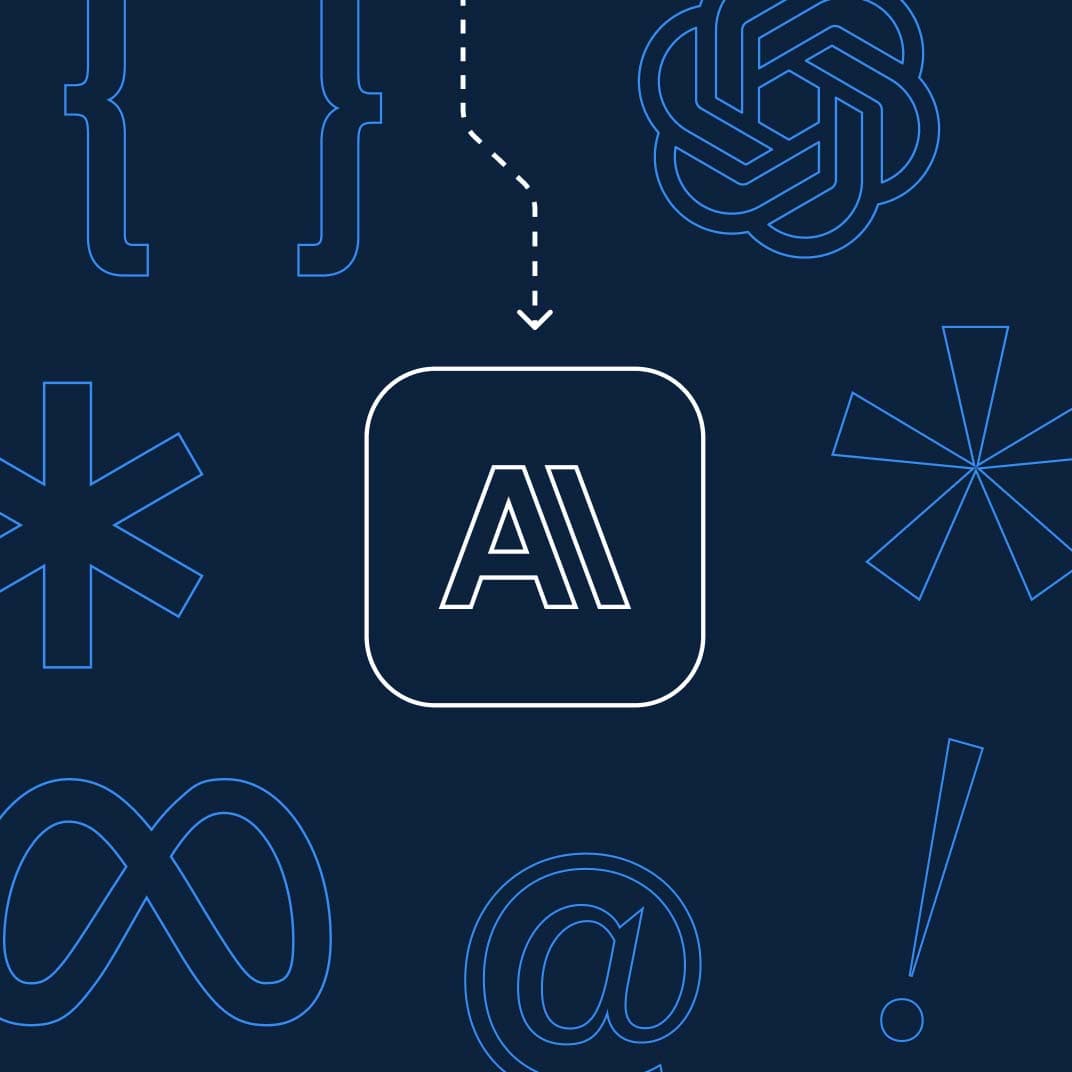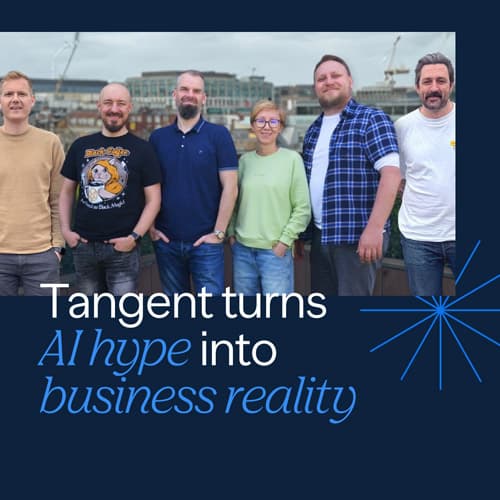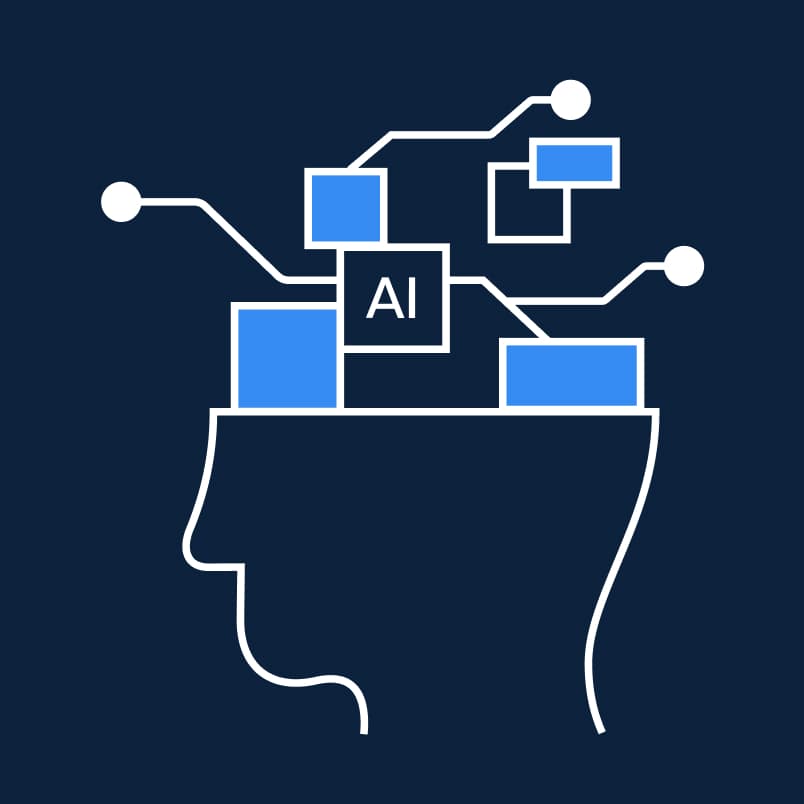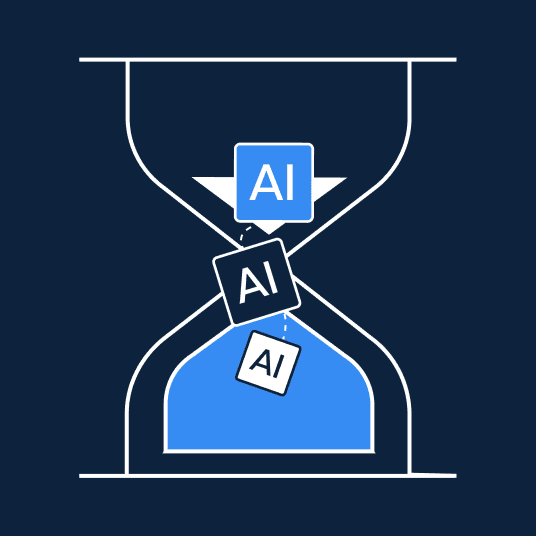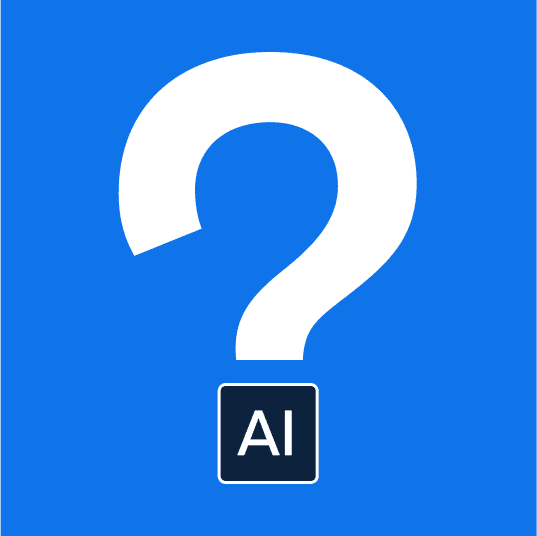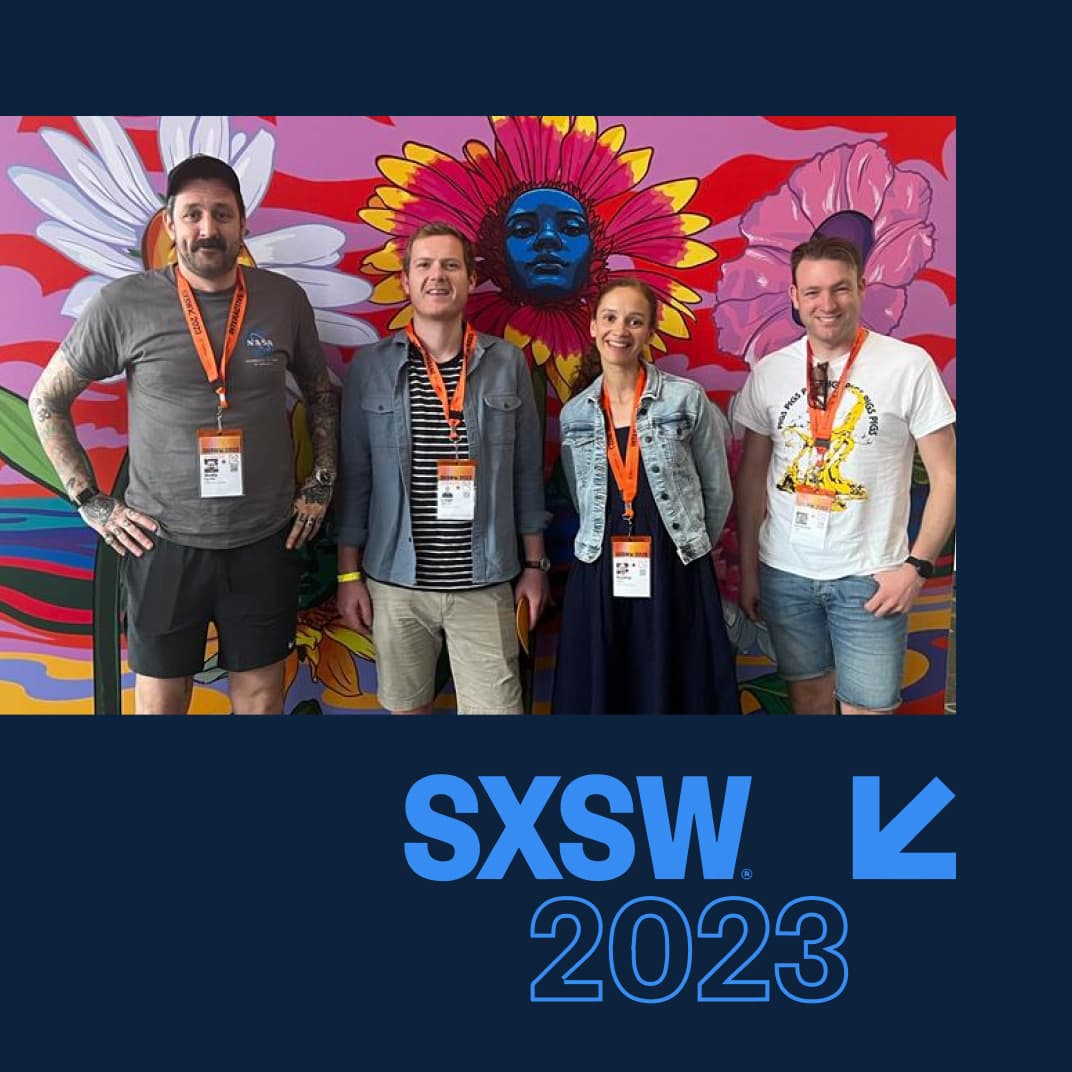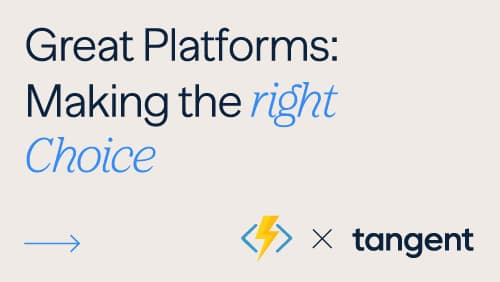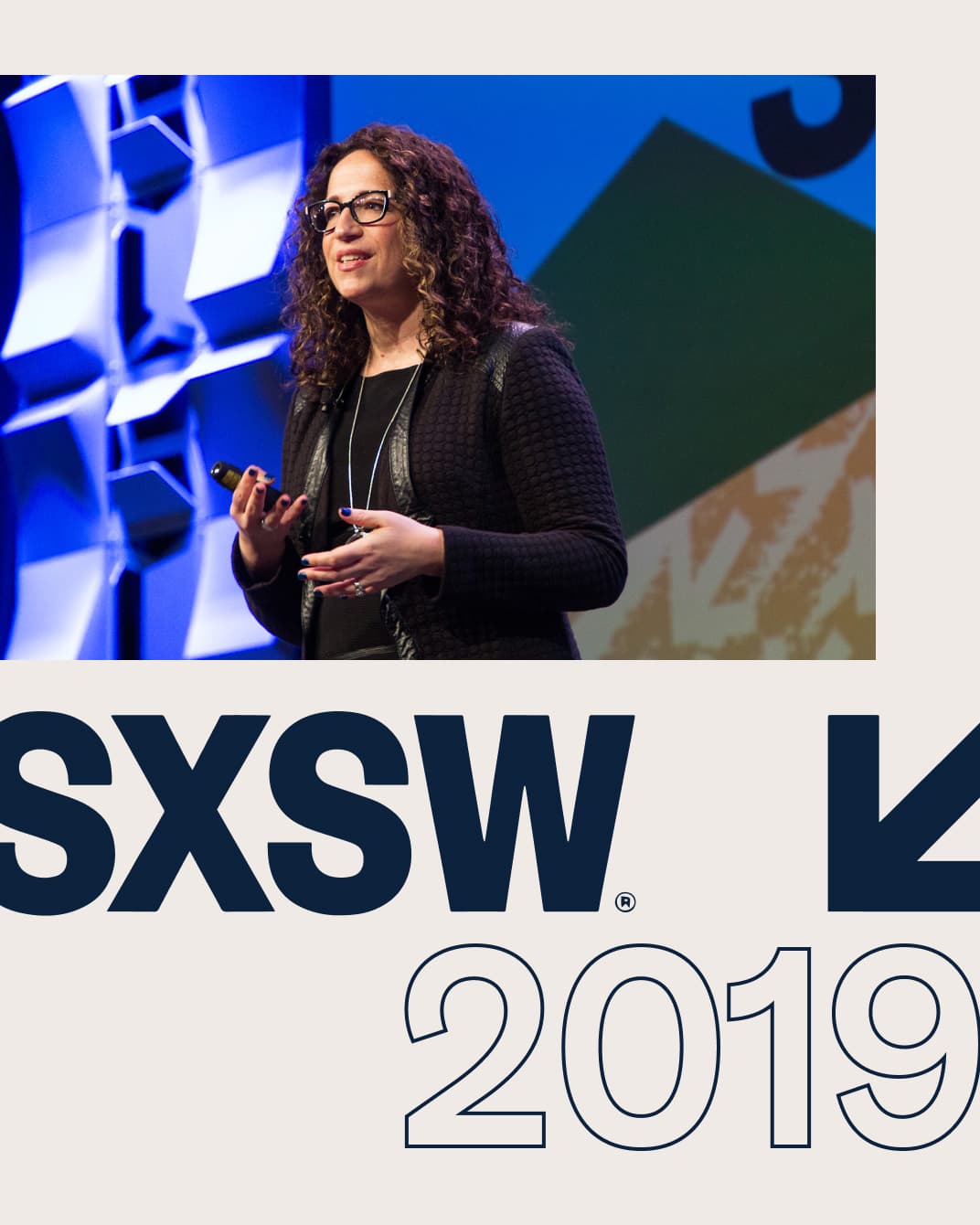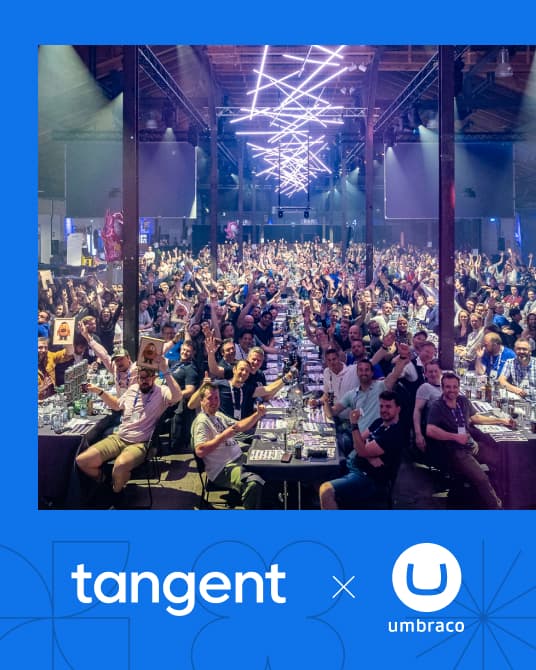
This year’s Codegarden was, as ever, held in Odense, Denmark. This year’s difference? The event was held to mark 20 years of community-driven growth and a focus on three core themes: agentic AI, composable architecture, and empowering developers. As practitioners and supporters of these themes, it is the perfect event to continue supporting.
As well as enjoying the festivities and hosting the awards, we also took the time to learn from the speakers in attendance. Here’s a summary of our top learnings from the week.
1. Agentic AI takes centre stage
AI was ubiquitous at Codegarden, and not just generative content either but AI that really acts. The standout announcement was the Umbraco MCP Server (Model Context Protocol), officially unveiled at the keynote.
MCP enables AI clients like Claude, GitHub Copilot and Cursor to:
- Read and update content via natural-language prompts
- Modify lines in Umbraco Commerce (e.g. pricing adjustments)
- Inspect logs, flag deprecations, and propose fixes, all within the permission scope of the Management API
This transforms AI agents from passive notebook assistants into actionable collaborators. Instead of content just being generated, it can be deployed and managed with minimal manual steps.
This tool gives the potential to accelerate editorial workflows, especially for repetitive or content-rich clients. It can also empower technical QA and dev teams to automate error detection and infrastructure updates, improving speed and reducing human error. As Umbraco CTO Filip Bech-Larsen put it, MCP turns AI “into a strategic advisor […] and it can actually execute too.”
2. Composable content with Umbraco Compose
Alongside AI, composable DX architecture got spotlighted via Umbraco Compose. Demoed live at Codegarden, Compose aims to unify content from various sources (CMS, PIM, CRM, DAM, ERP) into a single orchestration hub with GraphQL delivery.
For those working with Umbraco every day like we do, this means less plumbing and more flexibility. Whether your team is merging product data with rich editorial content or delivering cross-channel marketing, Compose enables scalable, maintainable integration Composable DXP without rebuilding pipelines.
Compose is entering private beta this summer, with general availability planned for early 2026.
3. AI‑powered workflows across the CMS
AI was woven throughout sessions, supporting content suggestions, auto-translation, accessibility checks, bug detection, and back office operations.
The emerging trend? Editor-friendly AI that augments user productivity without disrupting established workflows:
- Instant content suggestions reduce creative friction
- Auto translations support global reach
- Bug detection flags issues early
- Backoffice automation alleviates repetitive administrative overhead
This learning stood out to us, as investing in automation so that teams can focus on higher-value strategy and creativity is part of how we operate at Tangent.
4. Enterprise support & architectural maturity
Supporting the rise of complex projects, Umbraco announced:
- A new Extended Long-Term Support (XLTS) offering with up to 5 years of support per major version
- Simpler upgrade paths with smarter tools and AI assistance
- Backoffice load‑balancing, accessibility improvements, and reusable content blocks
These moves are critical when delivering high-complexity, enterprise-grade digital experiences. Greater stability, support, and flexible upgrades all play their part in building long-term, future-ready platforms.
5. Developer-friendly tooling & community engagement
Codegarden reaffirmed Umbraco’s commitment to open-source innovation:
- The new Tiptap editor replaces TinyMCE in Umbraco 16
- Workshops highlighted Docker-ready developer environments, modernisation of rich-text and search, and official Docker images for streamlined portability
- Umbraco HQ reinforced community feedback loops in the form of workshops, MVP summits, and public issue-prioritisation sessions show that the product roadmap is shaped with users.
In summary...
Codegarden 2025 treated attendees to a powerful, purpose-driven story: Agentic AI, Composable frameworks, and Platform stability. Umbraco continues to thoughtfully embed AI into workflows, centralise content across channels, and fortify its platform for enterprise use.
These developments usher in:
- Faster, smarter editorial workflows
- Streamlined integrations across systems
- Reduced upgrade friction & long-term stability
- Greater developer velocity and flexibility
- A platform built with and for community input
As Umbraco deepens its platform, we welcome the opportunity to build better digital experiences that are more intelligent, scalable, and future-ready.
Click here to understand more about how Tangent builds technology that evolves.
Click here to understand more about how Tangent implements AI that delivers.
